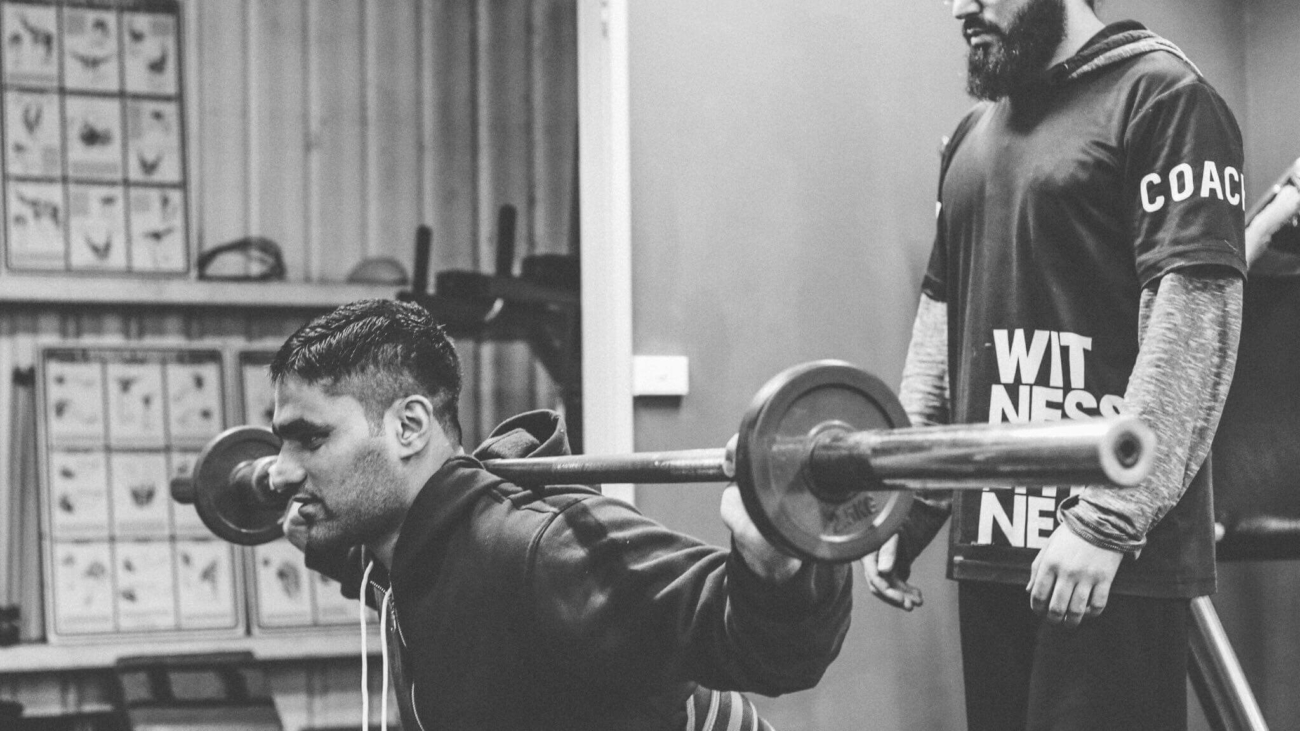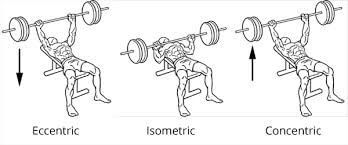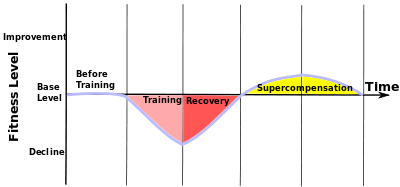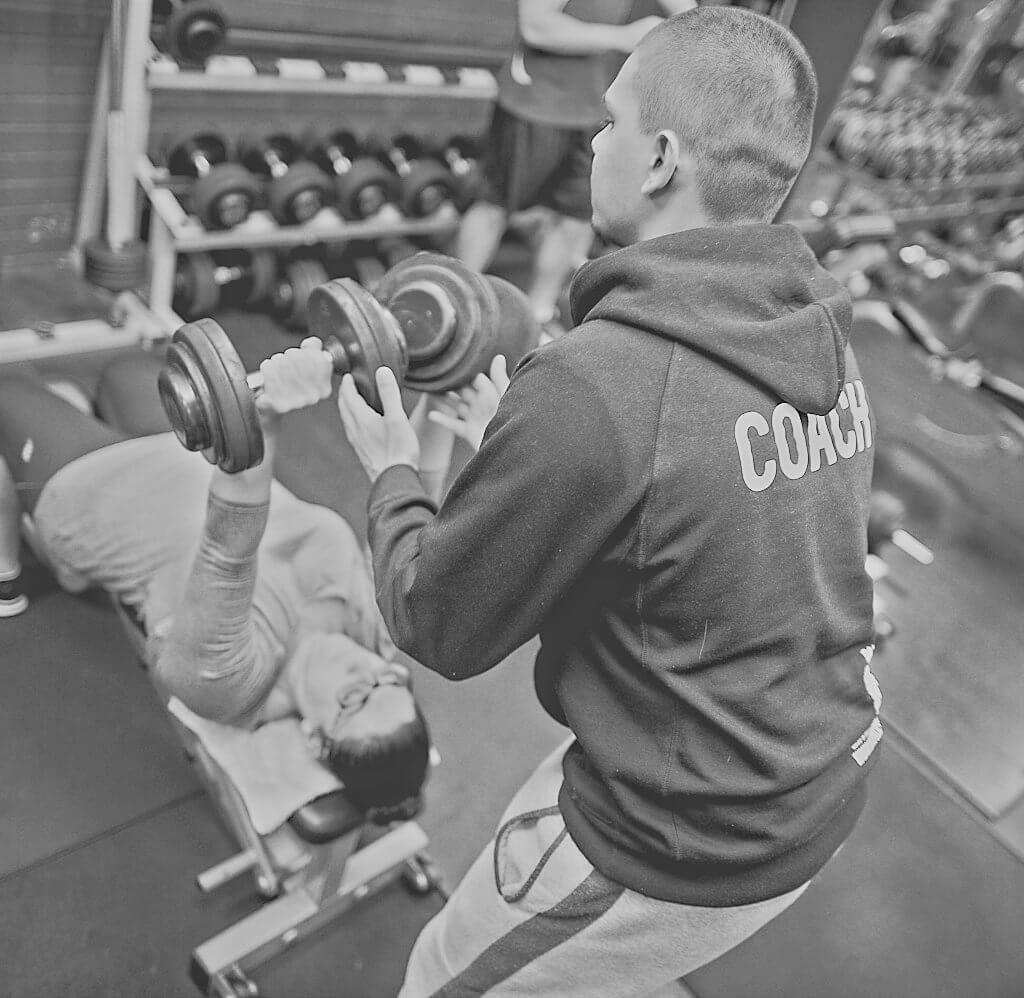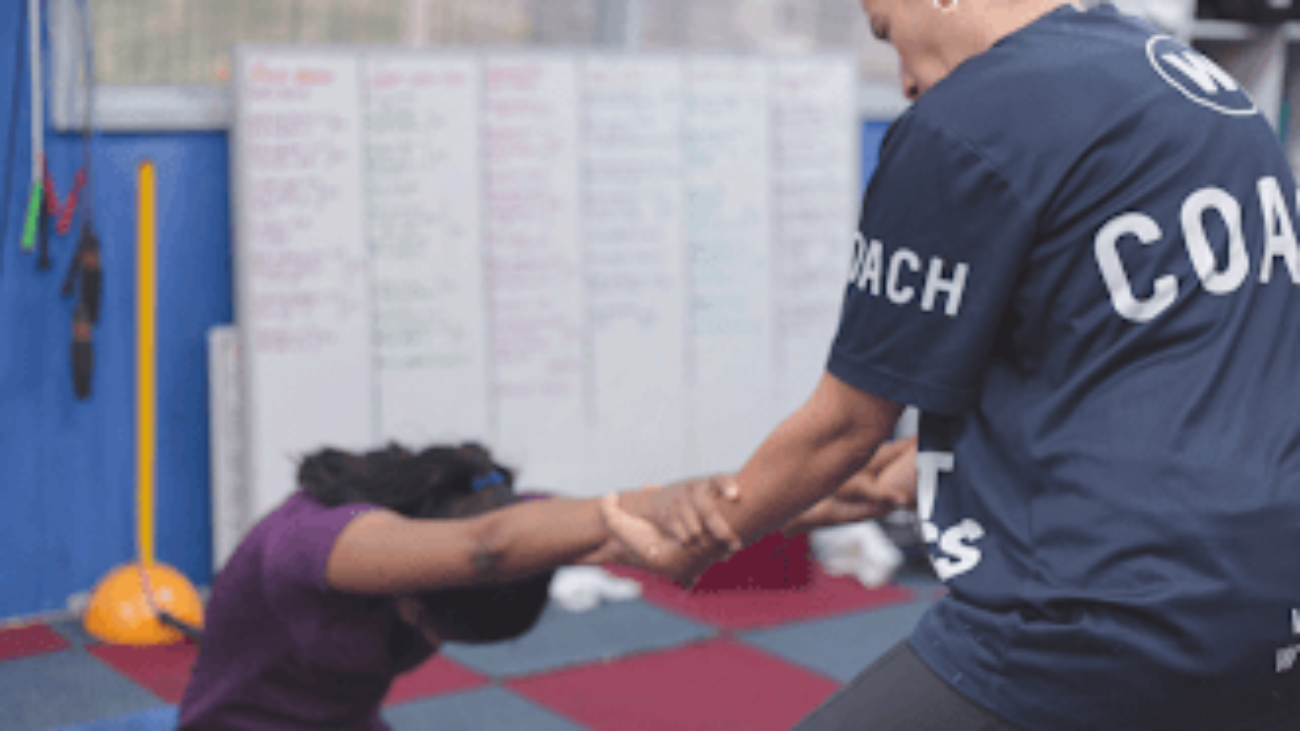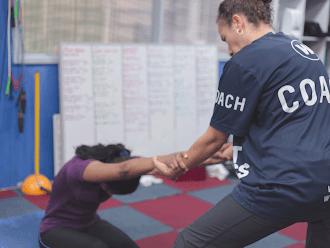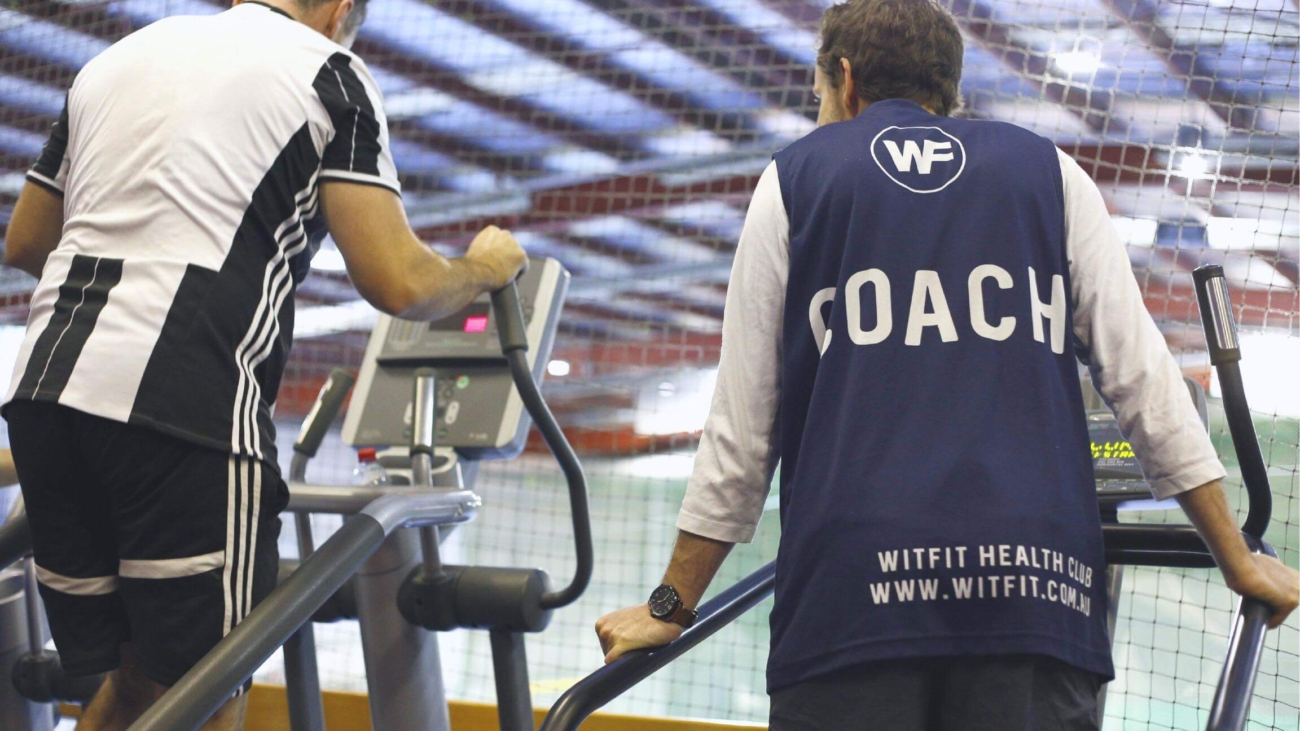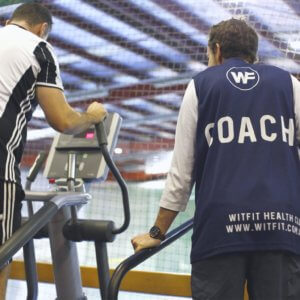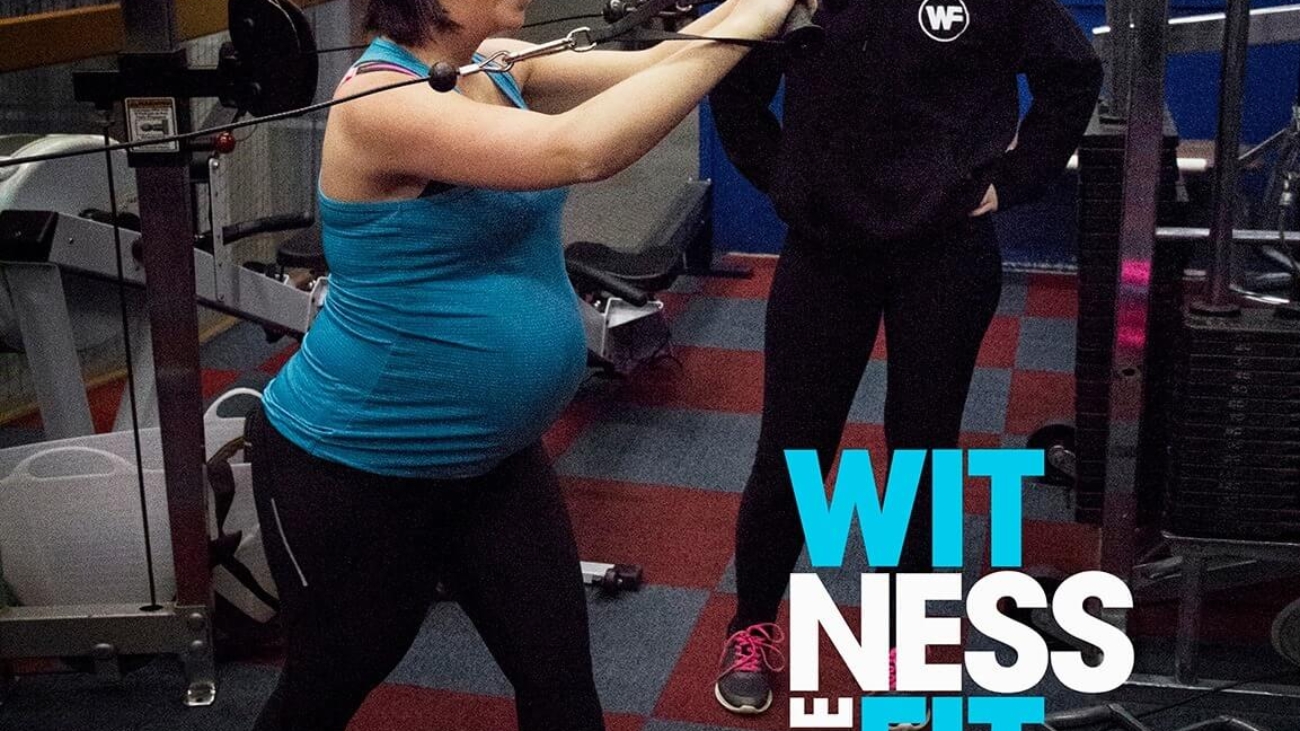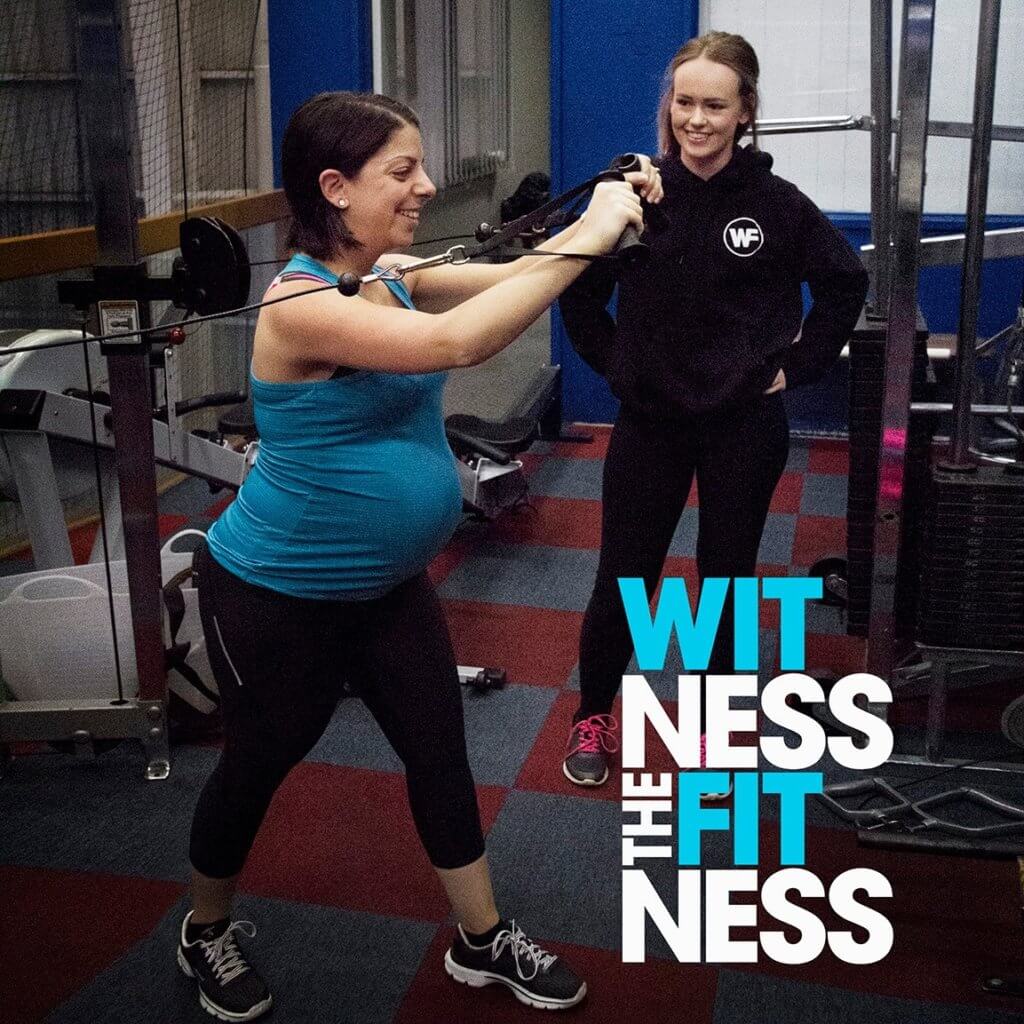In this weeks blog, we at PCHC Personal Training Mulgrave will talk about how we can change up our resistance training programs. Often when lifting, we just focus on getting the weight up and down, doing the required sets + reps. However these is more to lifting weights than this, for example we have concentric vs. eccentric vs. isometric phases, the time we spend in those phases, pauses during or after a rep etc. Each of these variables relate to Time Under Tension (TUT) and Tempo Training and all of which can be altered to help get a different desired effect. We at PCHC Personal Training Mulgrave will go into more depth of these concepts, and highlight ways you can be adding it into your training today!
Firstly, what is Time Under Tension (TUT) training? PCHC Personal Training Mulgrave
TUT refers to how long a muscle is under strain during a set. Typically we complete around 8-12 reps in a set, which can last around 15-30s. This time aspect is the time under tension. The concept behind TUT training is the longer we put a muscle under loads of strain, the greater the breakdown of muscle = bigger muscles! Mentioned earlier were those terms CONCENTRIC, ECCENTRIC & ISOMETRIC these are extremely important in time under tension.
Concentric = When the muscle is shortening and contracting (e.g. Push phase in a bench press, up phase in a squat etc.)
Eccentric = Also known as negative phase, when we the muscles are lengthening while producing a force. (e.g Lowering down phase in a bench press, down phase in a squat etc.)
Isometric = Producing muscular force however the joint angle does not change. (e.g. plank, wall sit, glute bridge hold etc.)
Check the images below to help visualise this!
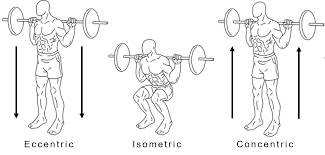
Concentric vs. Eccentric vs. Isometric
Now that we have those terms figured out, we can apply them into our training and really focus on them and how they can help alter this time under tension!
Examples of TUT
1) 3-0-1-0 – 40s (10 reps)
The numbers above represent the different phases;
- The first number always represents the ECCENTRIC phase,
- The 2nd is a isometric hold at mid point
- The 3rd the concentric phase
- The 4th a isometric hold at the end point.
With this example, we are lowering the weight down for 3s (bench press) then lifting, pushing, pulling etc. the weight up again for 1s. This is a very simple tempo method, really working on our muscles eccentrically. The benefits we get from eccentric exercises are:
- Increased muscle size: Our muscles are strongest eccentrically, therefore they can take greater loads.
- Greater metabolic cost: Boosts our resting metabolic rate.
- Improved muscle control: You can understand how to control your lifts, being body aware.
- Decreased injury rate: Eccentric exercises help improve our bodies connective tissues, which is important for rehab of injuries. For example eccentric focused exercises are great for decreasing re-occurring hamstring strains.
2) 2-0-2-0 (10 reps)
Look above for the breakdown again of what each second represents.
With this example we are matching the concentric & eccentric phases together with no rest periods between each rep. This method of a continuous tempo can help create a great base of strength for your compound lifts (e.g. Deadlift, Bench Press, Chin ups etc.). It is also another simple tempo to follow.
3) 2-1-1-0 (10 reps)
This method works on holding the weight at the midpoint of the exercise, a much more advanced method! The great thing about this form of lifting is that it requires the muscle to be doing the work alone, rather than using momentum. Holding for 1s at the midpoint will prevent us from bouncing the weight back up for the concentric phase. This creates a far greater TUT which is what we want to get those muscles growing!
Tips:
- Avoid locking out your exercises, such as holding the bar at the top during a bench press, or locking our legs out in the leg press. This doesn’t place any stress on our muscles, only our joints! We aren’t gaining anything at this point.
- Focus on form: You’ll find yourself fatiguing faster with these methods, which is awesome! What we want, however when we fatigue, the first thing to go is our form, so make sure you keep this up. Remember coaches are always around to make sure this is good J
- Be prepared for DOMS (Delayed Onset of Muscle Soreness), the longer we complete the eccentric phase the greater the DOMS we get. So don’t be surprised to pull up a lot sorer than usual after your first few sessions of trying these methods!
As always, check out our FaceBook page to find out more about Time Under Tension, tempo training and all things resistance training! See what we can offer you or as always come in and see the team at PCHC Personal Training Mulgrave to book a free consultation and chat about how we can help you with your training today!
The PCHC Team.
For more information on our unique personal fitness coaching gym check out

